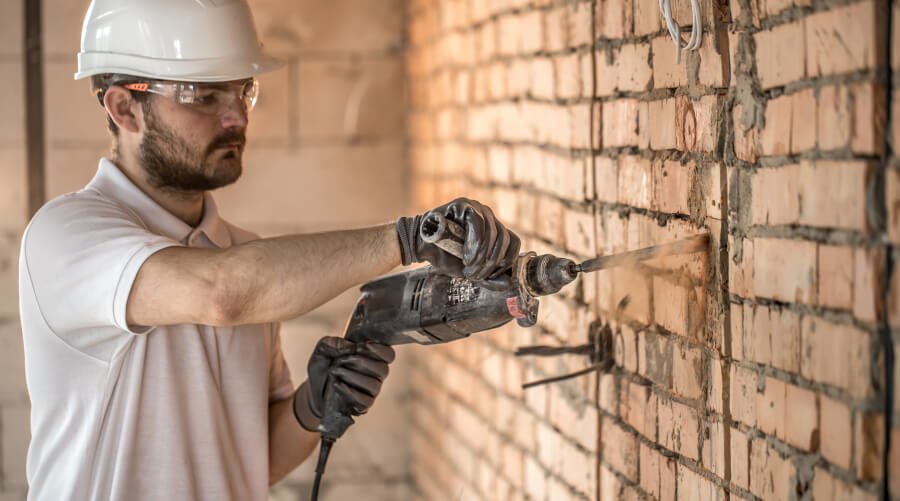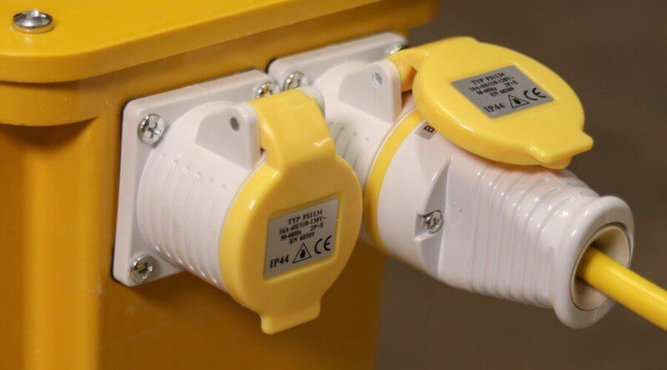What is hand arm vibration syndrome?
Hand Arm Vibration Syndrome (HAVS) can affect anyone who is exposed to any working machinery that vibrates. The most commonly known form is called vibration white finger, but other forms can damage blood vessels in the fingers, reducing the supply of blood. It can also damage nerves, leading to a loss of feeling in the fingers and hands, reducing the sufferer's ability to grip, coupled with extreme pain.
How to minimise the risk of developing hand arm vibration syndrome
The Control of Vibration at Work Regulations 2005 introduced statutory limits on exposure of workers to vibration. Employers are required to assess and manage the risk to their workforce's health and provide suitable equipment, designed to limit the exposure to vibration. Guidelines for minimising the risk of developing hand arm vibration syndrome include:
- Seek alternatives to using equipment which vibrates
- Do not exert too much grip pressure when holding the tool
- Ensure that the equipment is well maintained and in good working order, with a valid test certificate
- Make sure the tool you select is suitable for the task it is used for
- Look out for specially designed low-vibration equipment
- Keep all attachments sharp, including drill bits, points and chisels
- Use protective clothing, especially on the hands to keep them warm and absorb the shock of vibration
- Ensure that regular breaks are taken, and that the employees exercise their fingers
How to manage the risks of hand arm vibration syndrome
The vibration magnitude of a tool can be measured by taking the sum of the vibration in 3 axes, and is represented by a value in metres per second squared. The most accurate figures are those produced from 'real-life' testing by establishments such as OPERC. Established at Loughborough University, OPERC is a non-profit independent body dedicated to sharing information gained from research. OPERC also exists to assist in the promotion of plant and equipment science.
A simple indicator of the vibration risk from hand tools is the traffic light system of colour coding, designed to give guidance to distinguish low, medium and high risk products. However, National Tool Hire Shops recommends the use of the points system introduced by the Health & Safety Executive (HSE). The vibration calculator on HSE's web-site enables you to keep a tally of the points an operator has amassed during any working day, using a variety of tools. This will enable operators and supervisors to know quickly how many points they have amassed. The HSE recommends that the Exposure Action Value (EAV) should not exceed 100 points in any one day; the Exposure Limit Value (ELV) must not exceed 400 points in a day, but steps should be taken to remove operators from jobs if they exceed 100 points regularly.
How to monitor the risk of hand arm vibration syndrome
It is important to keep accurate records of all exposure to vibration in order to protect both the employee and employer. A simple log sheet can be maintained for each employee, showing their daily exposure levels in points. This very quickly builds up into a personal record that both parties can keep, and will provide an exposure history for all employees, which will stay with them wherever they go in the future.
National Tool Hire Shops Policy
National Tool Hire Shops recognises its responsibility in helping to reduce the vibration magnitude and noise levels experienced by our customers. In the first instance, we will always seek alternatives to using equipment that vibrates. If this is not possible, we aim to provide items for hire whose manufacturers have taken active steps to reduce the exposure risk to the user.
It is our policy to ensure that the tools you hire from us are supplied:
- Fit for purpose, in that we ensure that you use the right tool for the right job.
- In good working order and regularly maintained with relevant information to assist you when assessing vibration and noise risks.
- With reduced risk of contracting HAVS, through responsible equipment sourcing and supply.
- With the capability to be measured and limited by specialist equipment, as part of an ongoing vibration management process.



_4592_autox370.jpg)


